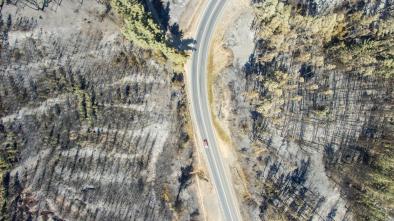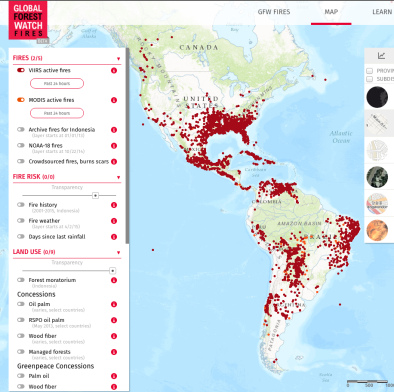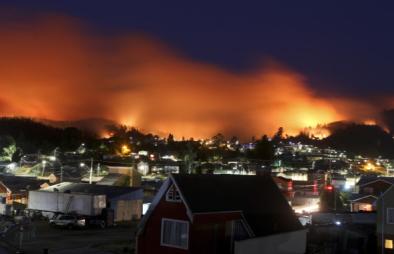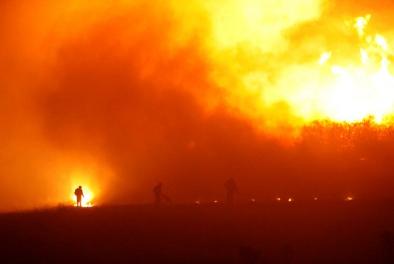Science Source
Accelerated greenhouse gases versus slow insolation forcing induced climate changes in southern South America since the Mid-Holocene
- Analyzes past climates in southern South America combining multiproxy reconstructions and the state-of-the-art CMIP5/PMIP3 paleoclimatic models
- Investigate the time evolution of regional climatic conditions from the Mid-Holocene (MH) to the present
- Compares the impact of the long term climate variations associated with insolation changes and the more recent effects of anthropogenic forcing on the region
- Findings suggest that changes in precipitation over almost all southern South America between MH and pre-industrial (PI) times due to insolation variations are significantly larger than those between PI and the present, which are due to changes in greenhouse gas concentrations
- Finds that anthropogenic forcing has been particularly intense over western Patagonia inducing reduction of precipitation in summer, autumn and winter as a consequence of progressively weaker westerly winds over the region, which have moved further poleward, between ca. 35–55°S and have become stronger south of about 50°S
- Finds that during summer and autumn, orbital variations between the MH to the PI period increased insolation over southern South America, inducing warmer conditions in the PI, accentuated by the effect of anthropogenic forcing during the last century
- Finds that during winter and spring, changes in orbital parameters from the MH to the PI period reduced insolation, inducing colder conditions, which have been reversed by the anthropogenic forcing
Related Content
Headline

Feb 2, 2017 | NPR.org
U.S. Increases Firefighting Aid To Chile As More Than 70 Blazes Rage
Real Time Data

Feb 1, 2017 | Global Forest Watch | NASA
Global Forest Fire Map
Headline

Feb 1, 2017 | AccuWeather
Worst wildfires in Chile's history continue to burn
Headline

Feb 1, 2017 | robertscribbler
Chilean Wildfires are Worst to Ever Strike the Country


